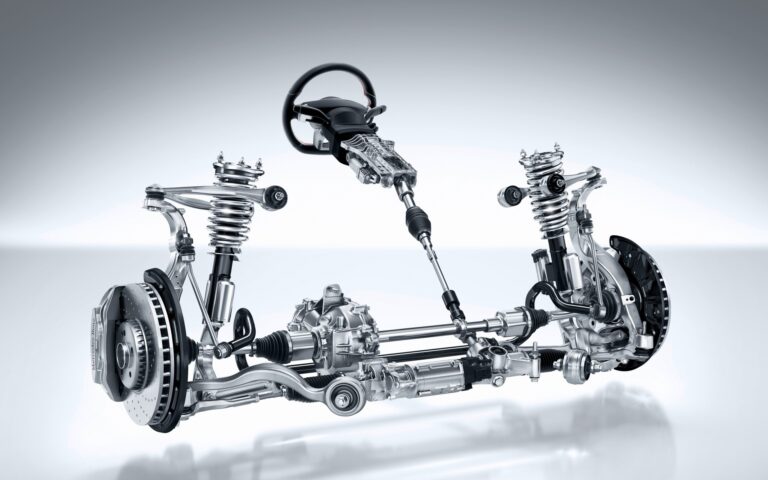The Basics of Drive Shafts
In the world of automotive engineering, the drive shaft is a crucial component that is often overlooked. It plays a vital role in transferring power from the engine to the wheels, allowing the vehicle to move. This article will delve into the intricacies of drive shafts, exploring their function, types, and maintenance.
Before we dive into the specifics, let’s start with the basics. A drive shaft, also known as a propeller shaft, is a mechanical component used for transmitting torque and rotation. It connects the transmission to the rear differential, allowing power to be sent to the wheels. In vehicles with front-wheel drive, the drive shaft connects the transmission to the front wheels. In essence, the drive shaft is responsible for delivering power from the engine to the wheels, enabling the vehicle to move forward.
Types of Drive Shafts
There are several types of drive shafts, each designed for specific applications and vehicle configurations. The most common types include:
- Solid Shaft: This type of drive shaft is a single, solid piece of metal that runs from the transmission to the rear differential. It is simple in design and is often used in rear-wheel-drive vehicles.
- Hollow Tube Shaft: Unlike the solid shaft, the hollow tube shaft features a tubular design. This type of drive shaft is lighter and offers better balance, making it suitable for high-performance vehicles.
- Constant Velocity (CV) Shaft: CV drive shafts are commonly used in front-wheel-drive and all-wheel-drive vehicles. They feature a flexible joint that allows for varying angles, accommodating the movement of the suspension and steering.
- One-Piece and Two-Piece Shafts: One-piece drive shafts are found in many modern vehicles and are known for their durability and reduced vibration. Two-piece drive shafts, on the other hand, are used in longer wheelbase vehicles to reduce vibration and accommodate the vehicle’s length.
Each type of drive shaft has its advantages and disadvantages, and the choice of drive shaft depends on the vehicle’s configuration, intended use, and performance requirements.
Function of Drive Shafts
Understanding the function of a drive shaft is essential for appreciating its importance in a vehicle’s drivetrain. The primary function of a drive shaft is to transmit torque from the engine to the wheels, allowing the vehicle to move. When the engine generates power, the transmission transfers this power to the drive shaft. The drive shaft then delivers the power to the wheels, propelling the vehicle forward.
In addition to transmitting power, the drive shaft also plays a role in maintaining the proper driveline angle and accommodating the movement of the suspension. This is particularly important in vehicles with independent suspension, where the drive shaft needs to adjust to the varying angles of the wheels during travel. Furthermore, the drive shaft must be designed to withstand the torsional forces and vibrations that occur during operation.
Maintenance and Care
Like any other automotive component, drive shafts require regular maintenance to ensure optimal performance and longevity. Here are some essential maintenance tips for drive shafts:
- Greasing: Periodically greasing the universal joints and slip yoke is crucial for reducing wear and preventing the buildup of friction.
- Inspection: Regularly inspecting the drive shaft for signs of damage, such as dents, cracks, or excessive rust, can help prevent catastrophic failure.
- Balancing: Imbalanced drive shafts can cause vibrations and premature wear. Balancing the drive shaft is essential for smooth operation.
- Replacement: If a drive shaft exhibits signs of damage or excessive wear, it should be replaced promptly to prevent further issues.
By following these maintenance practices, vehicle owners can ensure that their drive shafts operate smoothly and reliably, reducing the risk of costly repairs and breakdowns.
Conclusion
Drive shafts are a critical component of a vehicle’s drivetrain, responsible for transmitting power from the engine to the wheels. Understanding the different types of drive shafts, their functions, and the importance of maintenance is essential for vehicle owners and automotive enthusiasts. By appreciating the role of the drive shaft, individuals can take proactive measures to ensure the longevity and performance of their vehicles.
,refusal: null








Leave a Comment